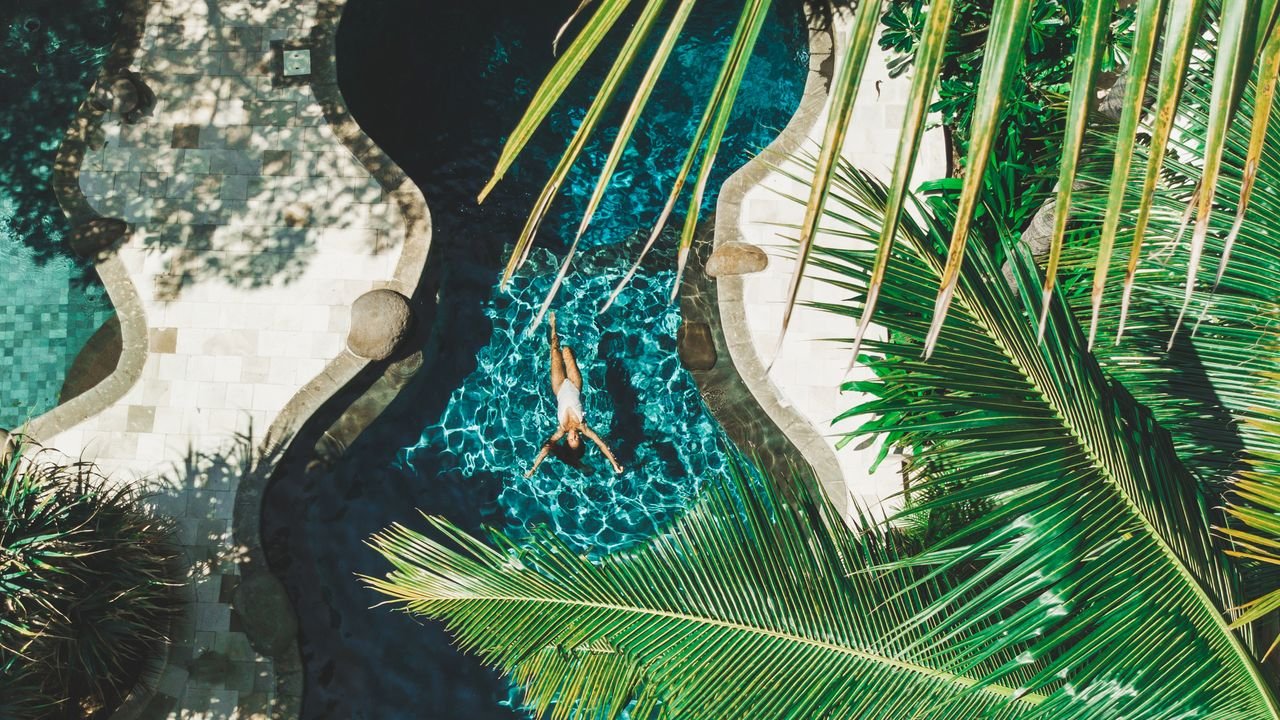For years, travel was about seeing more of the world. Now, it’s just as much about returning to yourself. More and more, travellers are beginning to look inwards, booking holidays not just to explore the planet, but to restore themselves within it. According to global travel data, interest in wellness trips has surged by more than 220 per cent in the past quarter, according to Statista, a global data and intelligence platform tracking market and travel trends worldwide, and the sector is projected to be worth $1.35 trillion by 2028; numbers that surely confirm that wellness is now one of the main reasons people travel.
While secluded mountain retreats and island spas still hold their appeal, new research by Omio shows that Southeast Asia’s capital cities are fast emerging as wellness destinations in their own right. Analysing 10 capitals across eight measures, from yoga studios and spas to sunshine hours and green space, the platform identified urban centres where wellbeing is most deeply built into everyday life.
Omio is a global multi-modal travel platform that allows users to compare and book trains, buses, flights and ferries across Europe, North America and Southeast Asia. Alongside bookings, the company releases research into changing travel habits and destination trends.
The analysis covered ten Southeast Asian capitals and their wider metro regions, using publicly available data from Google Maps, OpenStreetMap and Numbeo. Each city was assessed across eight “wellness pillars,” considering both the total number of venues and their accessibility per 100,000 residents. Final scores were weighted to balance scale with per-capita access, ensuring fair comparison between megacities and smaller capitals.
The eight wellness pillars are:
- Spas
- Wellness centres and holistic clinics
- Yoga, meditation and Pilates studios
- Gyms and health clubs
- Wellness retreats and spa resorts
- Healthy food options
- Green space and nature access
- Sunshine hours and pollution levels
The 10 best Southeast Asian cities for wellness, ranked:
All cities were scored across eight wellness pillars, with final results normalised to a weighted index on a five-point scale.
- Kuala Lumpur, Malaysia – 4.35
- Singapore – 4.35 (tie)
- Jakarta, Indonesia – 4.27
- Manila, The Philippines – 4.24
- Bandar Seri Begawan, Brunei – 4.13
- Bangkok, Thailand – 3.94
- Hanoi, Vietnam – 3.38
- Phnom Penh, Cambodia – 2.94
- Vientiane, Laos – 2.20
- Dili, East Timor (Timor-Leste) – 1.66
What the numbers reveal
Kuala Lumpur and Singapore share the top spot with a final score of 4.35 each, though their strengths differ. Kuala Lumpur ranked highest for spa culture, with 172 spas – 8.7 per 100,000 residents – and an equally impressive 262 yoga studios. The city’s sunshine (6.1 hours daily) and growing network of 178 wellness centres support a well-rounded wellness ecosystem, earning it top marks for yoga, gyms and accessibility. Singapore, meanwhile, balanced breadth with quality. The city’s 450 yoga studios (7.6 per 100,000 people) and 284 gyms sit alongside more than 200 wellness centres, while its food and green-space pillars boosted its performance. Its consistent showing across every category, from healthy dining to pollution levels, positioned it as the region’s most balanced wellness hub.

